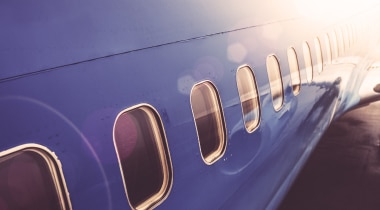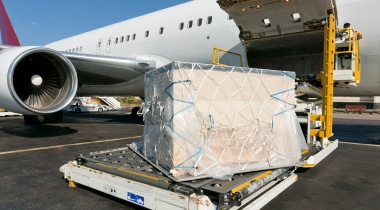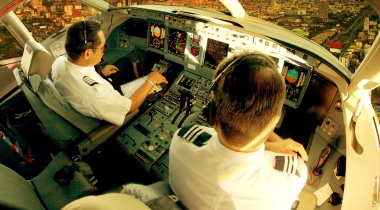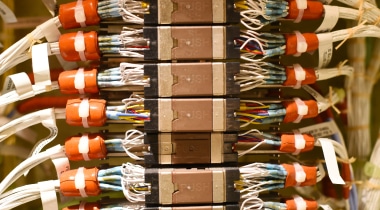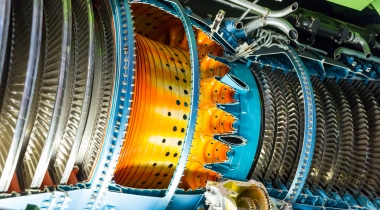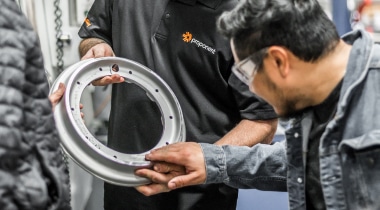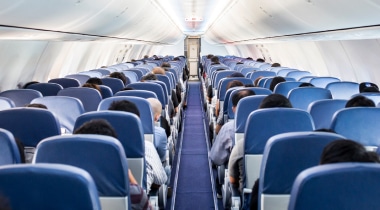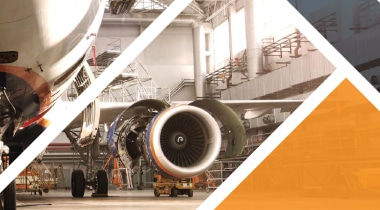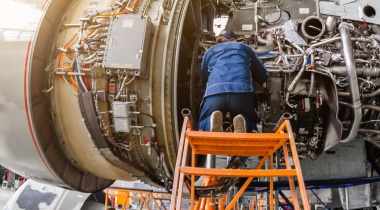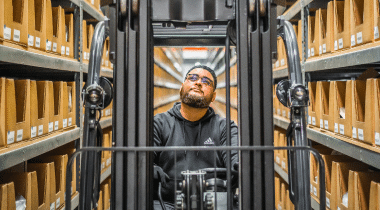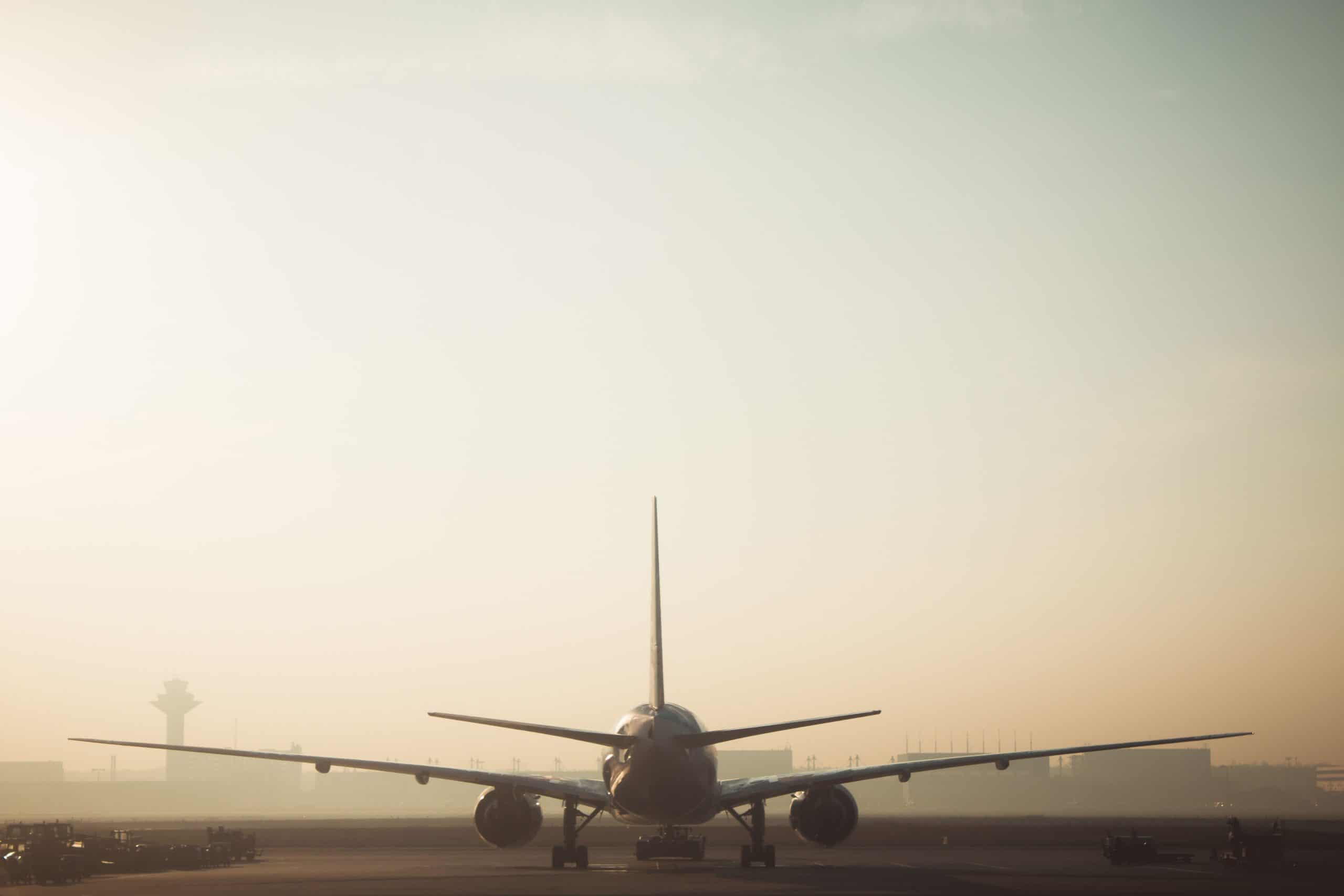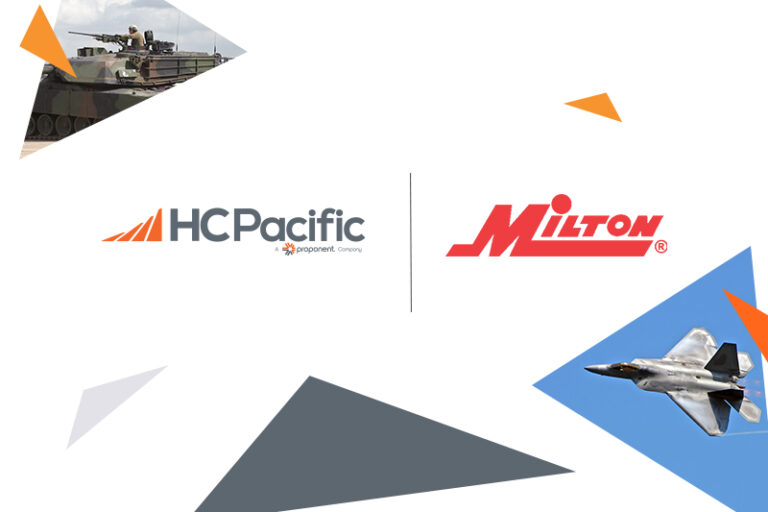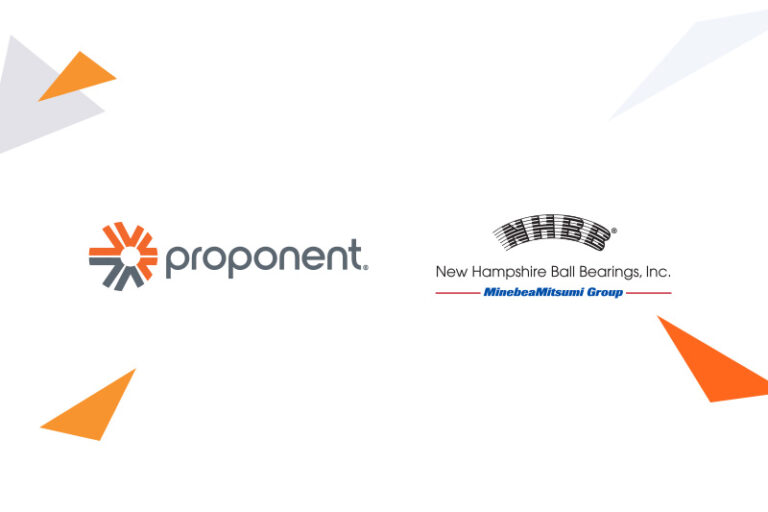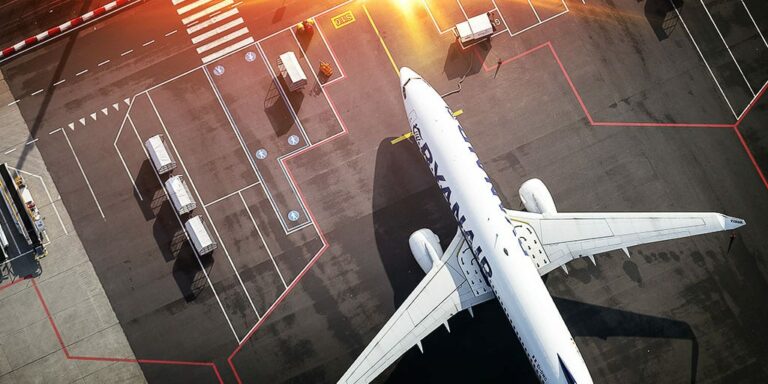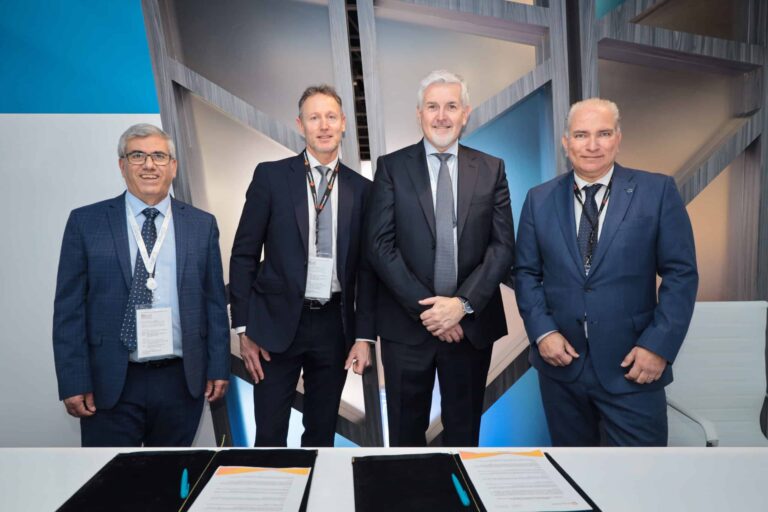The aviation industry is always innovating. This has been true since the Wright Brothers flew at Kitty Hawk, and the industry has made monumental strides from the first propeller-driven planes just over a hundred years ago. However, while enormous passenger jets, such as the Boeing 747, may seem like quite an accomplishment, a major innovation in the industry is just getting started. Not only are aircraft companies finding ways to go green and improve just about every aspect of their aircraft, but the modern pioneers of the aviation industry are moving into a new aerial frontier: Autonomous flight.
What is Autonomous Flight?
Similar to self-driving cars, autonomous flight means aircraft equipped with the technology to fly independently. This term refers to any aircraft, from small drones to passenger jets, that don’t need humans at the controls. Much of this technology already exists. Modern aircraft are well-equipped to fly without a pilot constantly at the controls. In fact, many aircraft spend the majority of air time flying themselves. However, there is a major difference between this and autonomous aircraft.
Modern aircraft follow a specific flight plan that’s been put into the Flight Management System by the pilot. The plane is equipped to follow the flight plan, but not to deal with problems that arise during the flight; those are handled by the human pilot and co-pilot. Autonomous aircraft would, in a sense, be able to think for themselves and make decisions when events outside the flight plan occur. Ultimately, they would be able to take off and land without a runway and deal with turbulence or engine problems, all without a human in the cockpit.
Progress is Being Made in Autonomous Flight
Both government-funded companies such as NASA and private companies are working on creating the technology that will allow aircraft to fly autonomously while also having the capabilities to deal with sudden problems in the air. Keeping the aircraft and its passengers safe is of the highest priority to these companies, and the capabilities to do so are expected to continue to advance. In their forecast for the “Fiscal Years 2020-2040,” the Federal Aviation Administration (FAA) addressed the innovation of autonomous aircraft, or Unmanned Aircraft Systems (UAS) head-on: “While the introduction of UAS in the NAS (National Air Space) has opened up numerous possibilities, it has brought operational challenges including safe integration into the NAS.”
Some autonomous aircraft already exist and are being improved to prepare them for regular operations in the NAS. Of utmost importance are effective sensors, cameras, and other systems that will allow each aircraft to make decisions based on their surroundings. The communication between these systems and the AI must be flawless to ensure safety in the NAS and for eventual passengers.
Advantages of Autonomous Flight
While the vision for autonomous aircraft eventually includes commercial flights, right now the innovations are being made with smaller drones and planes. One of the major advantages of these smaller planes is their use in urban areas. Ideally, using autonomous aircraft in cities will reduce traffic and congestion in the streets, and making commuting easier, safer, and faster. Not only that, but smaller aircraft will also reduce emissions through the use of electrical systems, and don’t take up a lot of space as they can take off and land without a runway.
Once progress in autonomous flight extends to commercial aircraft, the advantages will be numerous. As long as safety can be assured, UAS will provide major savings for airline companies as they increase fuel efficiency and decrease operating costs.
As this technology continues to advance, you can trust Proponent. We will always be prepared to offer the most recent solutions for your aircraft needs. See the aircraft products, services, and solutions Proponent offers.
